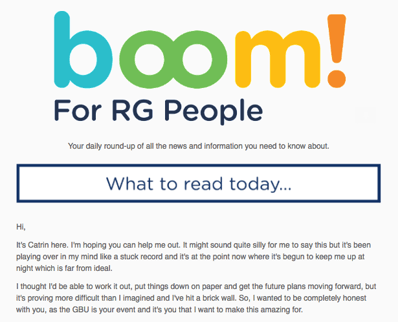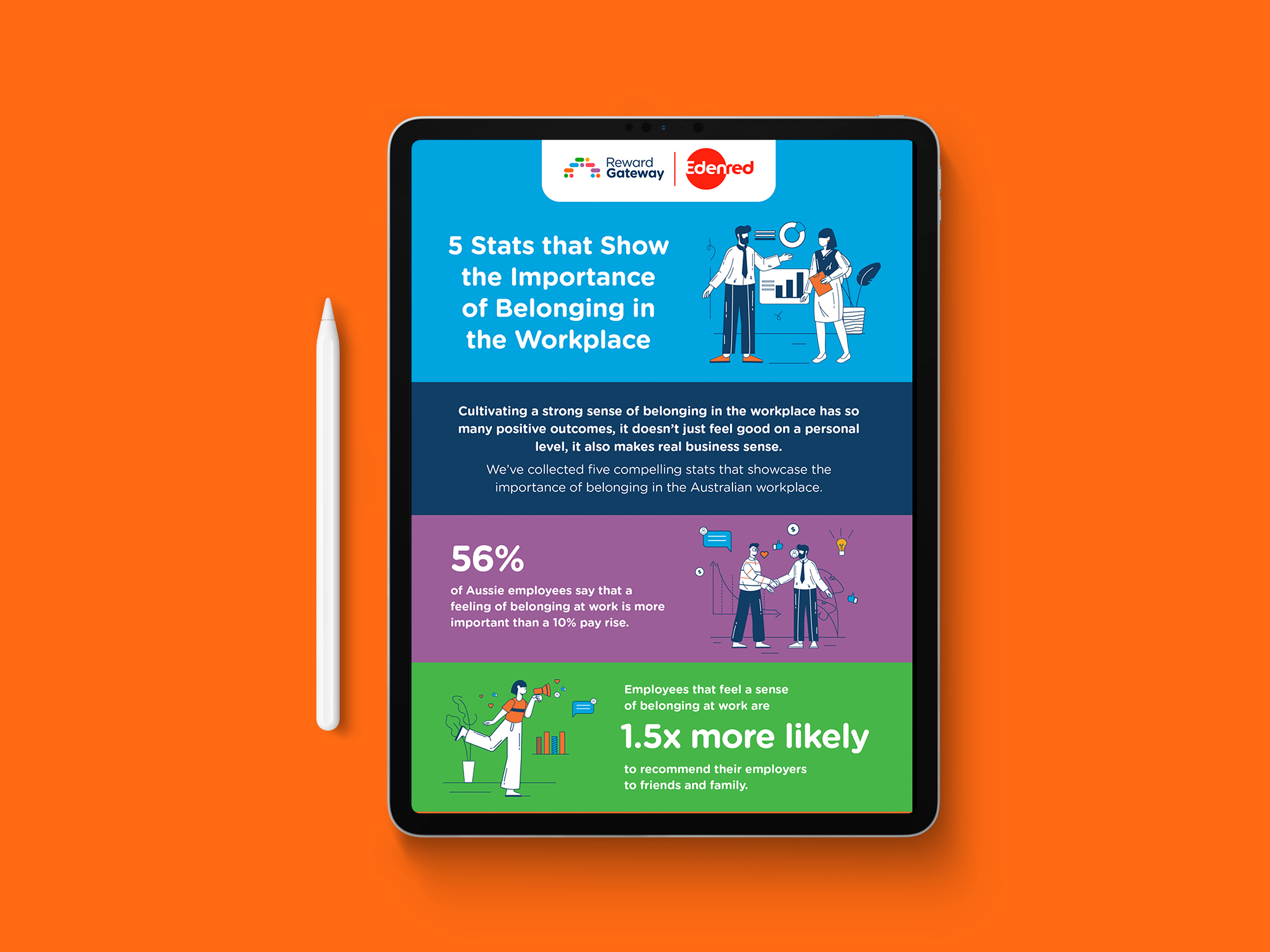
3 min read
I was facing a dilemma: My proposal for the quarterly meeting was due, and I had to write up feedback from our staff.
I’d been busy recently looking at the future of our company. I’d had feedback from our staff, I’d written a proposal and I was ready to make the final decision. But I’d made a mistake. Only 20% of our entire workforce had given any feedback. One of the most important events in our calendar year at Reward Gateway and yet only 20% of staff had anything to say about it.
I had to start my proposal over. I had to be sure that more people were represented.
Think about it: If we were to make any changes or plans for the future, we’d be doing it based on such a small proportion of our employee base that it would not be an accurate representation of everyone’s opinion and the likelihood would be that there would still be mumbles and grumbles ahead because people hadn’t take the opportunity to speak up and get their opinions heard.
It happens so many times, you spend hours creating your survey, send it out and sit expecting replies straight away. After an initial wave of your usual responders the responses start to drip feed to you, why do people not engage with feedback surveys?
To be honest, it baffled me.
Twenty percent wasn’t good enough.
A new approach was needed to ensure this request resonated with our employees and they understood the importance of it. And I think that’s the problem, so many surveys get sent out that don’t explain the ‘why.’
People’s opinions are personal and they are important to us, so why do we feel it’s adequate enough to send out a robotic demand for them?
People have no qualms about giving their thoughts and feedback in conversation with a human being, whereas the feedback form, with it’s unemotive, data driven tactics seems to hit a wall. Is it the faceless forms that put people off from sharing personal opinions with them?
So, I decided to tackle it exactly how I would in conversation with a person. I wrote an open and honest letter to our employees explaining why I needed the feedback, how the lack of it had been causing me sleepless nights, and how I was really stuck without them. I needed them to understand that when we ask for feedback, we’re doing it for a reason. Putting a face to the form and a personal message that everyone would be able to relate to.

Within the first few minutes of it being sent I had 6 people contact me personally with apologies, and a few hours later we’d increased response rate by 15%. It was clear that communicating it in this way had real impact.
I didn’t expect this next part either, but the next morning our COO, Doug Butler, sent out an email to the company:
“All, please read Cat's open letter and let's show some support for her and for our surveys and provide some quick feedback. The surveys are for YOU and we continually strive to make them more effective (and of course enjoyable). So please help out and take a moment to provide your feedback. Thank you”

This made me consider one other factor in increasing employee survey responses: Champions. We use them in our benefits programs, but I hadn’t considered it in internal communications. Having leadership show they are with you, or in fact any other representatives in your business, work with you so show that they are championing your goals can only add to your success.
Within 24hrs we’d boosted the response rate from 20% to 50%. A much better proportion of employees to making business decisions on (I’m sure you’ll agree!).
So next time you’re putting together your feedback survey, don’t be nervous about adding that personal touch. You might see a better response!
 Catrin Lewis
Catrin Lewis



